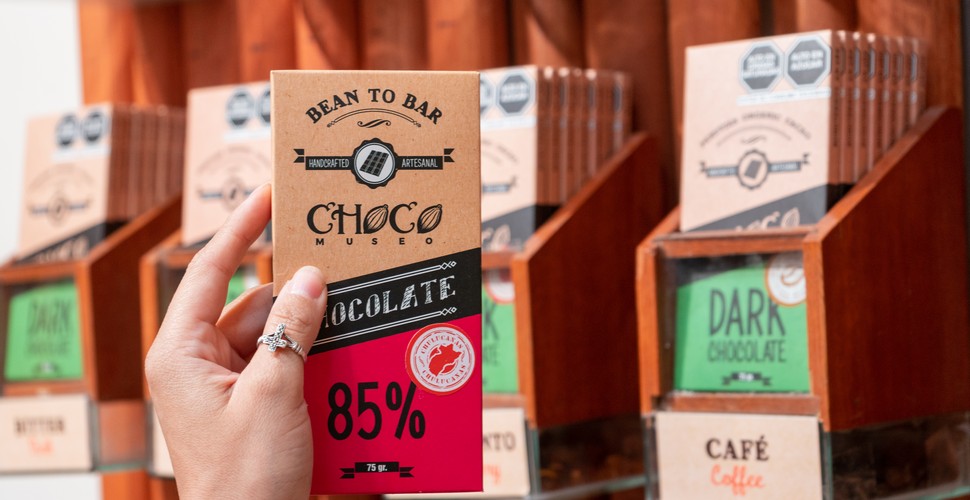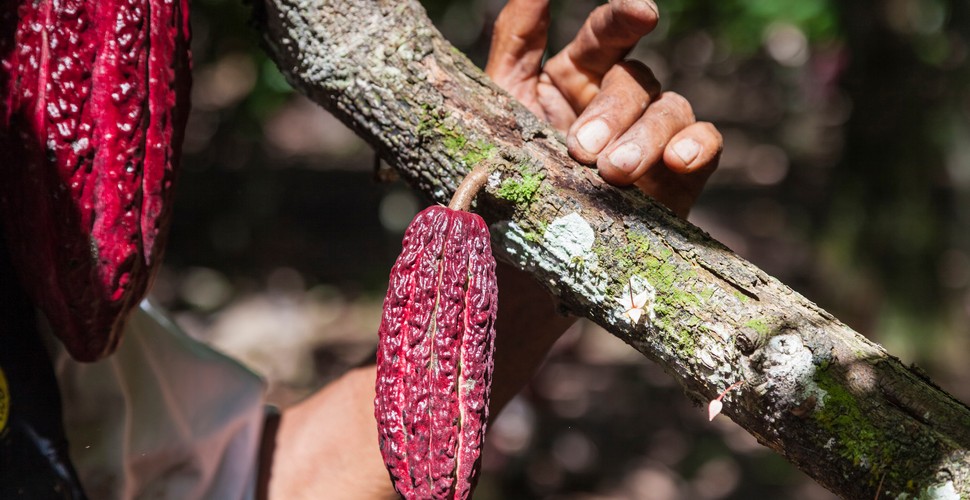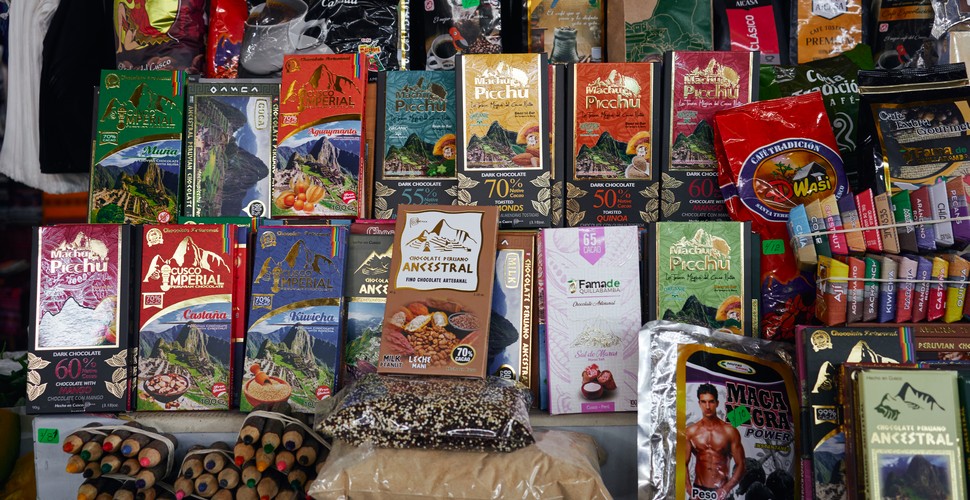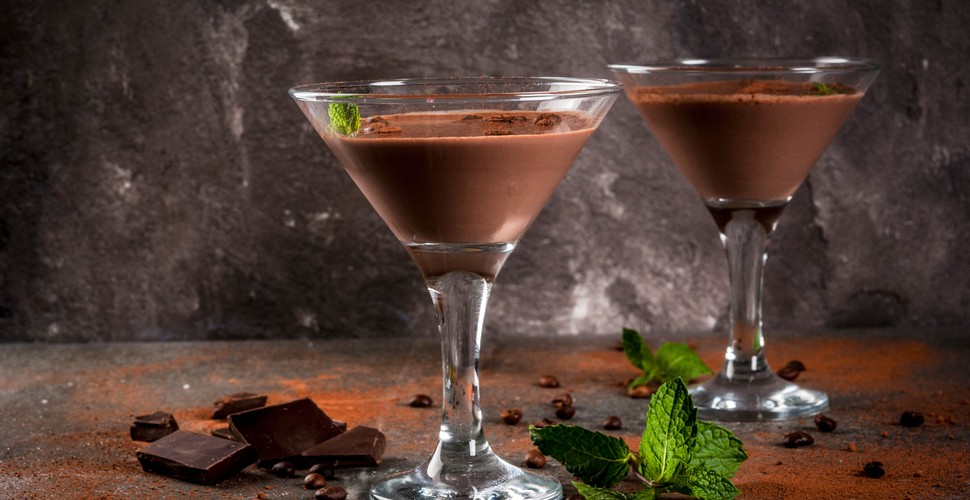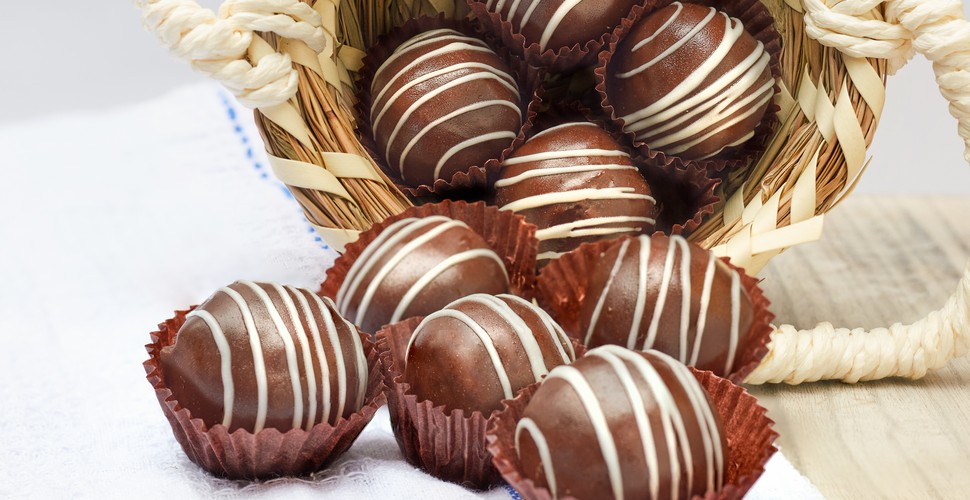
Why is Peruvian Chocolate so Special?
Written by:Valencia Travel
Last Update: 2025-02-01
Did you know that some of the best chocolate in the world is produced in Peru? The International Chocolate Awards in 2019, gave Peruvian chocolate bars a Gold medal in the Plain/origin dark chocolate bars category. Peru received 17 medals in total. At the Chocolate Show in London in 2017, the award for Best Chocolate in the World went to Cacao Shattell from Lima. But what’s so special about chocolate from this part of the world? Does it taste better that regular chocolate bars? or like many other Peruvian foods, have superfood-like health benefits? If you are a chocolate lover, Peru is the perfect place to visit for a dose of sweet, melty goodness. The cacao bean thrives in Latin America and has done so since ancient times, dating back 3,000 years or more. The local people of Peru have enjoyed hot chocolate long before it hit the chic cafés of the Western world. In reality, the origins of chocolate can be traced back to the Amazon basin of Peru, Ecuador, and Colombia.
A Rainbow of Cacao Pods
Theobroma cacao, the small evergreen tree that bears cocoa beans, grows in abundance in Peru. In fact, the very origin of cacao is the Amazon basin and Andean lowlands of Peru, Ecuador, and Colombia. Peruvian chocolate has been enjoyed by local people for centuries, used ceremonially initially and gradually enjoyed as the sweet confection it is today. Let's discover more about the history behind unique Peruvian chocolate.
Cacao Plantation
Peruvian Chocolate History
Chocolate, cocoa butter, and cocoa all come from cacao, which grows as seed pods on tropical evergreen cacao trees. In fact, chocolate has been cultivated for more than 3,000 years by indigenous communities in the Amazon rainforest. In Peru, it was the Incas and their predecessors who grew cacao. The Incas transformed Peruvian chocolate into an infusion considered medicinal and ritualistic. Peru is the country with the richest history in the natural art of cacao. 60% of the world’s cocoa varieties are indigenous to the Amazon basin area, and Peru is the world’s 13th-largest exporter of cacao and the second-largest organic cacao exporter. The organic market is growing on a worldwide scale and the cacao plant is an environmentally friendly crop, making Peruvian chocolate a not-so-guilty pleasure. In Peru, over one-quarter of cacao production is certified as organic, fair trade, and/or sustainable. The origins of the original cacao bean are debated. Cacao trees are relatively environmentally friendly to grow, as they are shade crops that help to protect the vital top soils of The Amazon, vital habitat to many smaller tree varieties and animal species. Cacao trees first originated in the Amazon basin and chocolate became an important part of cultures like the Aztec and the Maya. The Spanish brought chocolate to Europe from South America and added in sugar to the mix for a sweeter taste.
Hot Chocolate
The Olmecs, Aztecs, or Maya may even have enjoyed an alcoholic fermented chocolate drink, similar to chicha in the Andean region. Chicha is usually consumed as corn beer called chicha de jora. One thing is for sure, the original drinking chocolate was bitter, as cacao naturally is. The Spanish on their arrival to the Americas, introduced sugar to counteract this bitter taste.
Cacao Roasting
Harvest and Production
In the case of Peruvian Chocolate, there is the main harvest and a mid-season harvest. In Peru, the main season for growing and harvesting occurs between April and August. Bear in mind that most Cacao grows during this main season. The mid-growing season in Peru occurs between October and November. Despite the fact that the growing and harvesting season is limited to certain parts of the year, Cacao production is a year-round operation. Both producers and local workers tend the trees, harvest the cacao by hand, and process the Peruvian cacao beans into that delicious substance we know as chocolate. All this effort is finalized in the packaging and sale of the product. It is estimated that approximately 50,000 Peruvians work in the Cacao industry.
Why is Peruvian Chocolate So Special?
Most of the cocoa in the world is produced in West Africa. Cameroon, for example, where much of the African production happens, produces what’s called bulk cocoa beans. In essence, it lacks character and probably goes into making the average milk chocolate Hershey bar.
Exported Chocolates
Peru mostly produces what’s called fine or flavor cocoa beans. According to the International Cocoa Organisation, Peru produces 75% fine or flavor beans. For comparison, only 1% of Indonesia’s cocoa is considered “fine”. 60% of the world’s cocoa varieties are indigenous to Peru. Peru produces excellent raw materials for chocolate making because “the cultivated strains of cacao that grow in Peru change dramatically from region to region. In Piura and Cusco, for example, you’ll find the majority being indigenous varieties. Whereas in the Amazon region, you might find the majority of cacao growing to be amongst fine flavor cacao. Peru has around 12 major growing regions for cacao, and it is one of the world’s most biologically diverse countries. We see many different terrains, giving the cacao a unique flavor from region to region, and from plantation to plantation.
85% Pure Chocolate
Why Peruvian Chocolate?
Peru is an important country for the advancement of the cocoa industry o a worldwide scale. With some of the highest quality cocoa in the world, thanks to the genetic diversity of plants (60% of the world’s cocoa plants are grown in the country), Peru’s reputation is growing as a producer of chocolate with a fine taste and nutritional value. The health benefits of dark chocolate, which Peruvian producers have mastered the production of, have been widely studied.
Ground Cacao
Recently, a presumed lost type of ancient cacao tree called Pure Nacional was rediscovered in Marañón Canyon. Declared extinct decades ago, the news that this tree, which produces non-bitter and fruity-flavored beans was found in the Amazon rainforest, has created great excitement in the chocolate-producing community. The Pure Nacional tree produces some of the rarest cacao in the world. And of course, chocolate lovers will be dying to get their hands on a bar of the good stuff. Realizing the potential chocolate gold mine they had discovered, the finders of the tree set about building a chocolate business called Marañón. According to Franz Ziegler, a Marañón partner, and chocolatier, the most important factor in creating a high-quality Peruvian chocolate product is the quality of beans. Genetics, soil, and post-harvest processes like fermenting and drying all contribute to bean quality.
Cacao Plantation
Then it’s up to the chocolate manufacturer to release the flavors hidden in the beans. Classical chocolate manufacturing. All of Marañón’s cocoa beans grow “in the valley”, as they call it. A secret valley with a special microclimate in the north of Peru. Franz calls it the Jurassic Park of cacao, where three types of cacao grow with unique genetic profiles.
Peruvian Chocolate Bars
Did you know that Chocolate is Fermented?
The most delicious food and drink arrive on our tables through the process of fermentation. Fermented foods truly are “the good stuff”. Who can deny that Kombucha, Kimchi, Kefir, Sauerkraut, Tempeh, Yoghurt, and apple cider vinegar, are healthy foods? Cocoa, called the food of the gods, also passes through a process of fermentation in order to make chocolate, and fermentation is the most important part of the chocolate production process.
Frothy Hot Chocolate
Is Chocolate a Superfood?
Many of the foods that grow naturally in Peru happen to be classed as superfoods. One of these is the dried, fermented, and roasted dark seed called cacao, or the cacao bean. That’s great, you might say, but what’s a superfood? Well, first of all, the term superfood is a marketing term. But that doesn’t mean it’s a bad thing. Imagine a type of food that is nutritionally dense and packed with substances that promote well-being. Some foods, like kale, green tea, emoliente herbal teas, and certain nuts and seeds, pack nutrient loads that punch well above their weight. Green Tea, for example, is rich in antioxidants. Raw organic cacao offers neuron protection and enhances cognition and positive mood. It also reduces inflammation. Dark chocolate contains more than 8 times the phenolic antioxidants as red wine, for example.
Chocolate Martini
Health Benefits
Chocolate in its raw form is where these health benefits are most apparent. This wonderful delight is packed with proteins and fibers that aid digestion and muscle development. It is packed with trace elements like Potassium and Magnesium which help neurological and metabolic function. However, possibly the most notable benefit is its mood-enhancing properties. Thanks to its high content of theobromine and phenylethylamine, the consumption of Peruvian Chocolate improves mood and increases energy levels. Of course, there has to be a downside which is that the benefits of Cacao decrease notably with its processing. When additives like sugar and milk are added, cocoa can be more of a sweet than a superfood. However, a delicious dark chocolate bar can provide a wealth of antioxidants, minerals, and other bioactive compounds, so not all is lost!
Peeled Cacao
The Choco Museo
All visitors to the Choco Museo are offered free samples of chocolate, flavored liquors, homemade marmalades, cacao tea and more. Even if you don’t buy a single thing, stopping into the shop is a serious treat and the friendly staff are more than happy to assist and provide information about Peruvian cacao. It is also an excellent place to grab tasty souvenirs for loved ones back home, sit for a while in the cafe and enjoy one of their many handcrafted offerings, or sign up for a workshop so you can actually learn about and make your own chocolate. Choco Museo offers some of the best chocolate in Peru.
Choco Museo
Choco Museo Chocolate Workshops
The chocolate-making workshops at Choco Museo are simply too good to resist. You can schedule your workshop ahead of time with your travel advisor, the day before, right in the shop, or whenever you have some free time in your Peru travel itinerary. Learn all about the fascinating journey of how the cacao bean is grown, harvested, and made into chocolate. Roast and grind the cacao beans into a tasty paste, and choose from dark, milk, and white chocolate to create your own chocolate bar and truffles, with exquisite toppings such as coconut, Peruvian pink salt, cookie crumbles, gummy bears, coca powder, Once cooled and set, you take your very own chocolate home as a souvenir to enjoy at a later time or take home as a gift for your friend and family from your vacation in Peru ..if they make it that far!
Chocolate Workshop
Truffle Workshop
More of a truffle person? You can make those, too! ChocoMuseo also has an amazing truffle-making workshop, where you’ll learn to make ganache and bonbons. Of course, you’ll learn a lot about Peruvian cacao during the class and have numerous samples to try throughout the class.
Chocolate truffles
Pisco and Chocolate Tours
ChocoMuseo also offers a Chocolate and Pisco tour, which is an excellent experience for anyone wanting to try local cacao and the national drink of Peru all in one day. Pisco is a grape-based brandy from the wine valleys of Peru and locals as well as visitors enjoy the popular drinks Pisco Sour and Chilcano.
Fun Facts
- 1. Chocolate was once money that literally grew on trees
In Mayan times, cacao beans were used as currency and considered to be worth more than gold dust. - 2. Chocolate wasn’t always solid, or sweet
Until 1847, chocolate was a delicacy enjoyed in bitter liquid form. The British chocolate company Fry and Sons introduced the concept of “eating chocolate” after combining cocoa butter, sugar, and chocolate liquor.
Delcious choclate alfajores
- 3. It took eight years to develop the recipe for milk chocolate
Daniel Peter, a Swiss chocolatier and businessman spent eight years trying to figure out a recipe for milk chocolate that would work. It wasn’t until 1875 that he realized that condensed milk was the answer and makes Swiss chocolate what it is today! - 4. When it comes to cacao beans, a little does not go a long way
It takes 400 cacao beans to make 1/2 kg of chocolate. Each cacao tree produces around 30 to 60 pods per year and each pod contains around 40 beans. So, each tree produces 1-2 kg of chocolate per year. Add to this, the fact that cacao pods are harvested by hand, so you can now understand why good chocolate is so expensive. - 5. White chocolate isn’t really chocolate
White chocolate isn’t considered to be chocolate because it doesn’t contain any cacao! This sweet treat is made from a blend of cocoa butter, vanilla, and sugar. Still yummy, however! - 6. Chocolate does funny things to our brain
Just a whiff of chocolate increases theta brain waves, which trigger relaxation. A study conducted at Hasselt University in Belgium showed that when the scent of chocolate was diffused in bookstores, sales of books increased, especially those of romance novels! - 8. Chocolate is good for your teeth
Chocolate has an antibacterial effect on the mouth, as eating pure cocoa has been shown to prevent tooth decay. Chocolate-flavoured toothpaste, anyone?

Chocomuseo Cusco
If you are a chocolate addict, Peru could possibly be the best destination for you to visit to fill up on your favorite delicacy and learn all about his incredible, healthy, and delectable plant. Find out more about Peruvian chocolate and the chocolate-making class on offer in Cusco here!
 Aventure
Aventure
 Cultural
Cultural
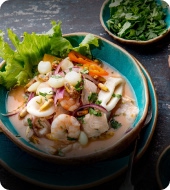 Gastronomy
Gastronomy
 Wellness
Wellness
 Local Living
Local Living
 Luxury
Luxury





